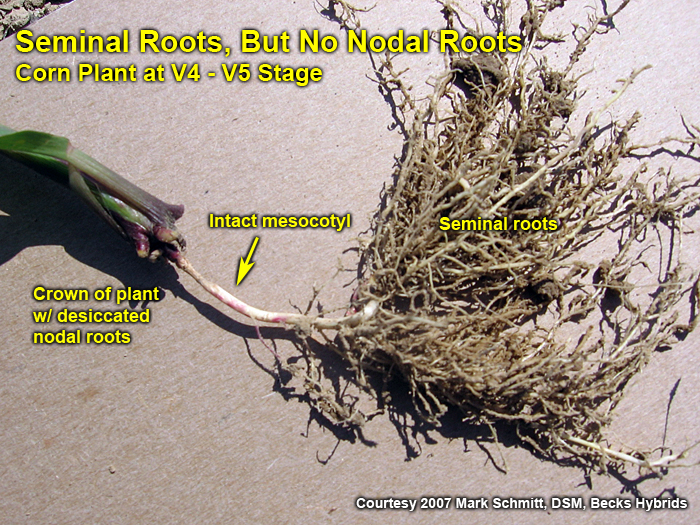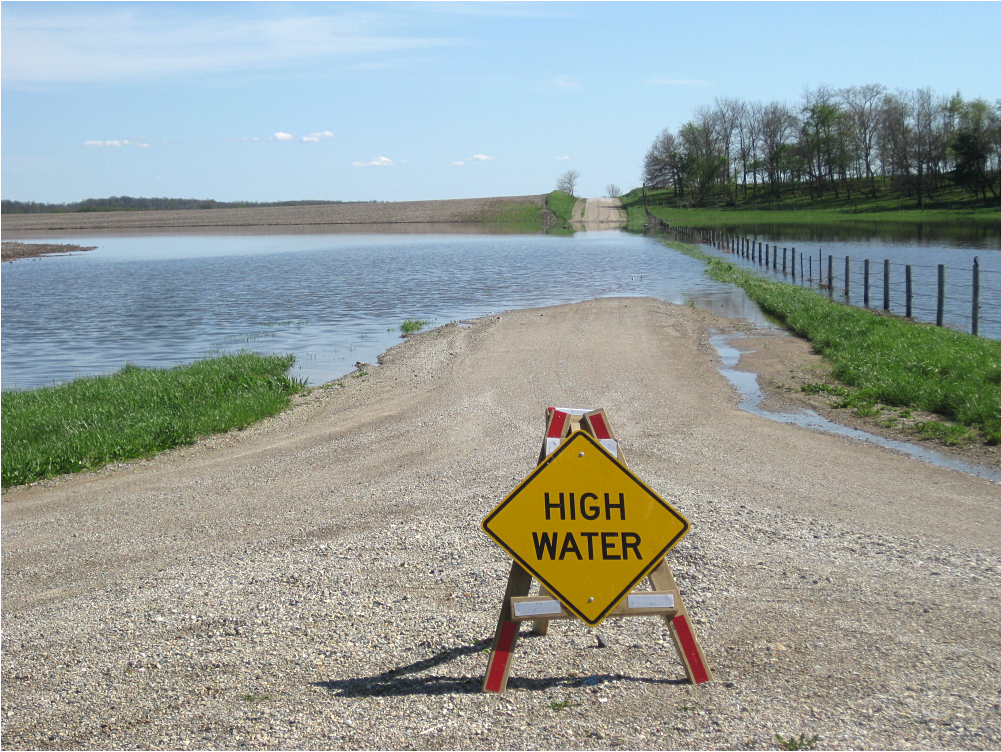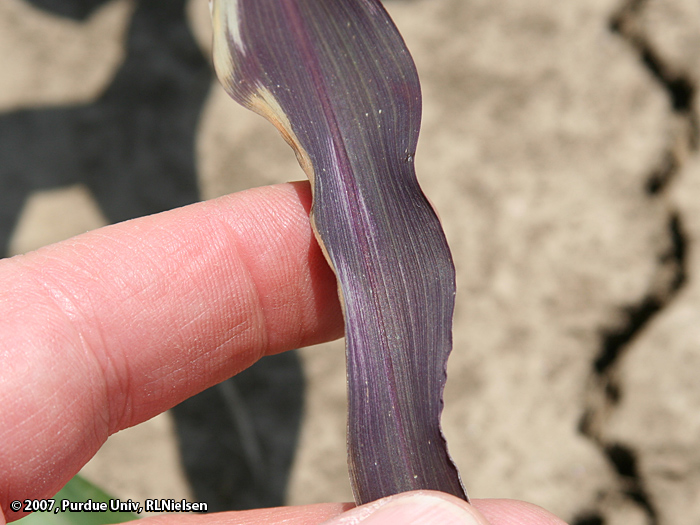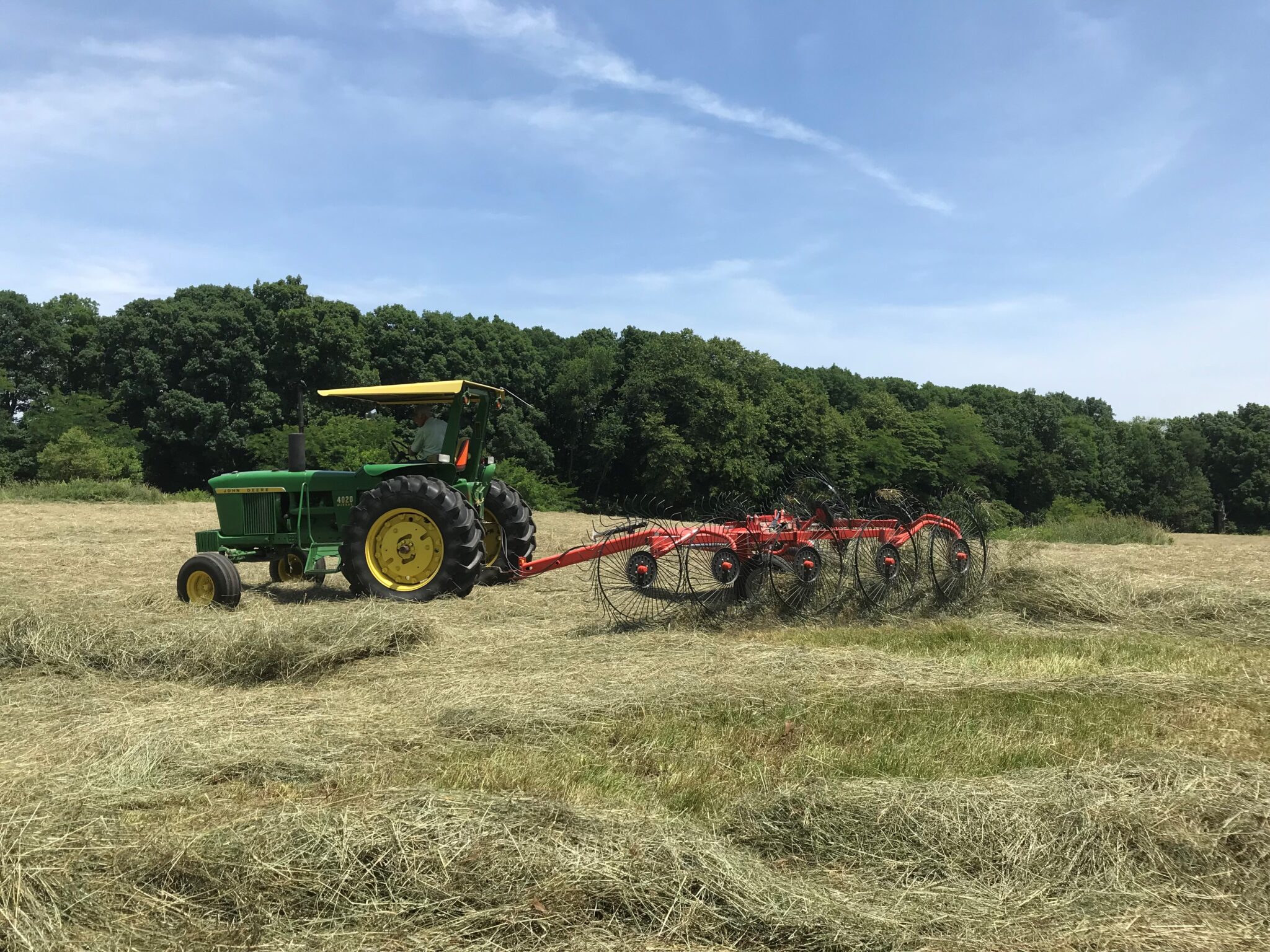
Due to its relatively recent U.S. discovery and its ability to cause significant production and economic losses, tar spot is often a topic of angst and anxiety amongst corn farmers and agronomists in Indiana.

Due to its relatively recent U.S. discovery and its ability to cause significant production and economic losses, tar spot is often a topic of angst and anxiety amongst corn farmers and agronomists in Indiana.

Excessive drying of the upper soil profile is conducive for the development of what some of us affectionately call the “rootless corn” or “floppy corn” syndrome.

Much hay has been made in Indiana the last two weeks and much forage remains to be harvested. It is important to package hay at the correct moisture content to avoid excessive heating of bales when in storage.

The consequences of flooding, ponding, and saturated soils on young corn depend heavily on the duration of the stress and temperatures.

Purpling of corn plant tissue, by itself, does not decrease yield. The cause of the purpling determines whether yield loss will eventually occur.

Thanks for listening to Purdue Crop Chat, a regular podcast from Hoosier Ag Today and the Purdue University Extension Service, featuring Purdue Extension soybean specialist Dr. Shaun Casteel and Extension Corn Specialist Dr. Dan Quinn.

The number of hours from cutting to a safe baling moisture varies. Environmental conditions that exist when forages are cut and during the curing process influence the amount of hours that it takes to get to a safe baling moisture.

Much hay has been made in Indiana the last two weeks and much forage remains to be harvested. It is important to package hay at the correct moisture content to avoid excessive heating of bales when in storage.

Successful stand establishment of a corn crop relies on many factors, including the successful emergence of the seedlings in the first place.
Due to the cold wet weather we experienced in late April and early May, corn planted in April has struggled to emerge in many areas of the state.
© 2025 Purdue University | An equal access/equal opportunity university | Copyright Complaints | Maintained by Pest&Crop newsletter
If you have trouble accessing this page because of a disability, please contact Pest&Crop newsletter at luck@purdue.edu.